#wagons
UCOTD: 2004 Volkswagen Passat GLS Wagon
Today we bring you some wagon goodness -- a 2004 Volkswagen Passat GLS wagon.
The BMW M5 Touring Wagon is Coming Stateside for the First Time
Wagons hold a strange place in the American car market. Auto journalists and car nerds gravitate to them like moths to a flame, but the general car-buying public seems like it couldn’t care less. That said, a small number of high-performance wagons enter the country every year, including the Mercedes-AMG E63 S Wagon and Audi RS6 Avant. Americans are about to get one more hot longroof, this time from BMW, as the automaker recently announced that it would bring the incredibly impressive M5 Touring wagon stateside for the 2025 model year.
Nobody Knows if the BMW M5 Touring is Coming to America
Despite having been quoted as confirming the BMW M5 Touring for North America, Domagoj Dukec has just recanted. Earlier statements from the brand’s design head stipulating that our market would have access to both the sedan and wagon versions of the M5 have been taken back — leaving everyone following the story more than a little perplexed.
Junkyard Find: 1970 Volvo 145
Because Volvo sold the 200 Series cars here from the 1975 through 1993 model years and so many owners loved those sensible bricks so deeply, plenty are only now showing up in the self-service car graveyards I frequent. What about the 200's predecessor, the 140?
Junkyard Find: 1972 Chevrolet Vega Kammback
General Motors built more than two million Chevy Vegas, and they were everywhere on the roads of North America through about the second half of the 1980s. The Vega has been a junkyard rarity for decades now, but I just found six early Vegas all within a couple of rows of one another in a Denver self-service yard. Today, we'll look at the only wagon of that group.
Junkyard Find: 1994 Mitsubishi Diamante Wagon
Station wagons were falling out of favor in a hurry with American car shoppers as the 1990s progressed, especially after the 1991 Ford Explorer and 1993 Jeep Grand Cherokee hit showrooms and put the hammer down on the truckification of our roads. Mitsubishi didn't seem to worry about such trends, though, and a longroof version of the Diamante luxury sedan appeared here for the 1993 model year. Here's one of those extremely rare wagons, found in a Northern California car graveyard a couple of months back.
Junkyard Find: 1983 Toyota Corolla Deluxe Wagon
Until the 1984 model year, every new Corolla sold in the United States used a rear-wheel-drive configuration. Today's Junkyard Find is an AE72 Corolla station wagon, from the final model year of its generation sold here, found in a car graveyard in John Steinbeck's hometown.
Junkyard Find: 1996 Toyota Camry Wagon
Toyota sold new Camry station wagons in North America from the 1987 through 1996 model years. I've found a couple of examples of the first-year longroof Camry during my junkyard travels, but the final-year cars remained elusive… until I spotted this one in a Silicon Valley car graveyard in April.
Junkyard Find: 1994 Subaru Loyale 4WD Wagon
Abandoned History: The Life and Times of Edsel, a Ford Alternative by Ford (Part III)
Ford conducted a lot of marketing research for its Edsel brand and was assured by many well-educated MBA types that its new lineup would be hugely successful. The research scientists said the unique styling and features Edsel offered would appeal to a broad cross-section of the American populace. After a television musical debut in the fall of 1957, Edsels were shipped to dealers where they remained under wraps until it was time for the ‘58 model year.
Crazy styling aside, Edsel’s arrival caused some immediate brand confusion in relation to Mercury, and in more limited circumstances, Ford. Much of said confusion occurred in the company’s debut year when Edsel spread the “lots of new models” sauce a little too thin. We start at the brand’s second most basic offering: Pacer.
Abandoned History: The Life and Times of Edsel, a Ford Alternative by Ford (Part II)
Ford successfully orchestrated a splashy live television musical debut for its new brand Edsel in the fall of 1957. The program was a culmination of a multi-year project to establish a new division of Ford that would compete more directly with the likes of Oldsmobile, Buick, and DeSoto. Edsels promised to be notably different from the Mercury with which it shared most everything except styling.
Edsel was to be much more value-conscious than the new-for-’58 unibody Lincolns, which sought to move the brand upmarket after the almost instantaneous discontinuation of the Continental Division. After Frank Sinatra and Bing Crosby ushered in the Edsel name it was time to show off the all-new models in showrooms, and introduce a supposedly excited American consumer to the lineup.
Abandoned History: The Life and Times of Edsel, a Ford Alternative by Ford (Part I)
Edsel received an honorary mention a couple of weeks ago, in our current Rare Rides Icons series on the Lincoln Mark cars. Then it was mentioned again the other day in Abandoned History’s coverage of the Cruise-O-Matic transmissions. It’s a sign. We need to talk about Edsel.
Junkyard Find: 1985 Ford Escort GL Wagon
Remember the era, around the middle of the 2010s, when we were all supposed to desire a brown station wagon with a manual transmission (or mock those who liked brown wagons after it was cool)? Well, today’s Junkyard Find is just that!
Junkyard Find: 1991 Toyota Corolla Wagon With 315,406 Miles
Rare Rides Icons: The AMC Matador, Medium, Large, and Personal (Part IV)
We finish up our Rare Rides Icons coverage of the AMC Matador today by spending some time abroad. The Matador maintained a few different passports as it donned new branding and nameplates for its various international adventures. And unlike many domestic cars of the period, AMC saw sales success when its midsize arrived in other markets.
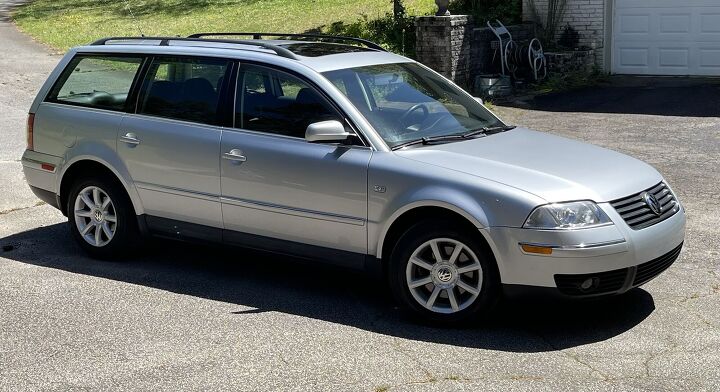





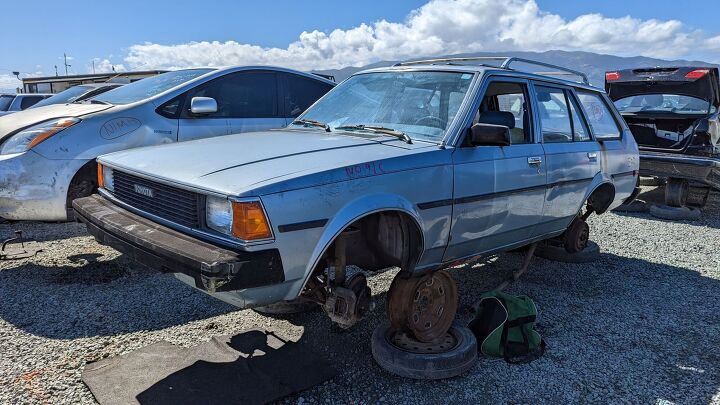
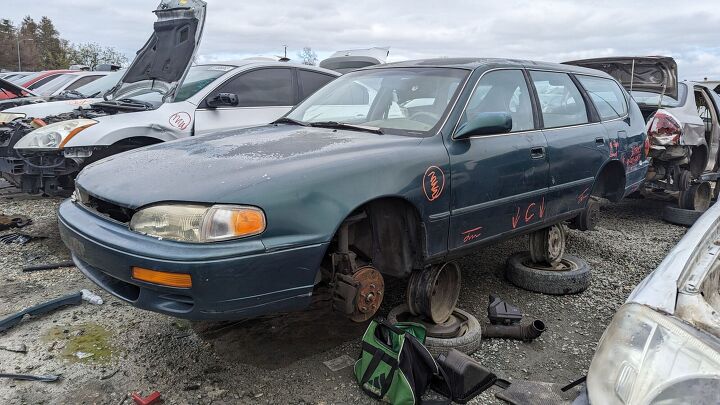
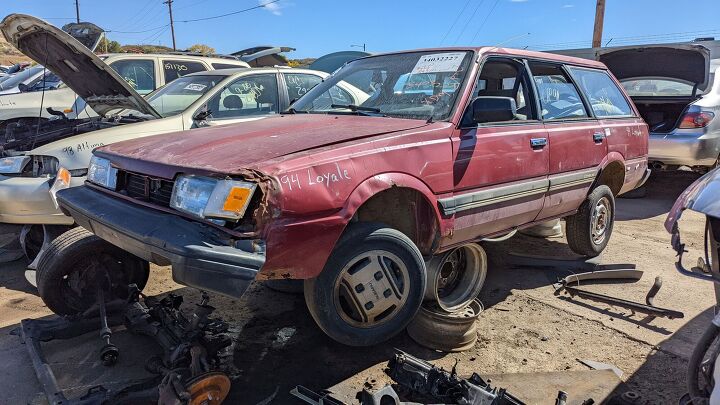

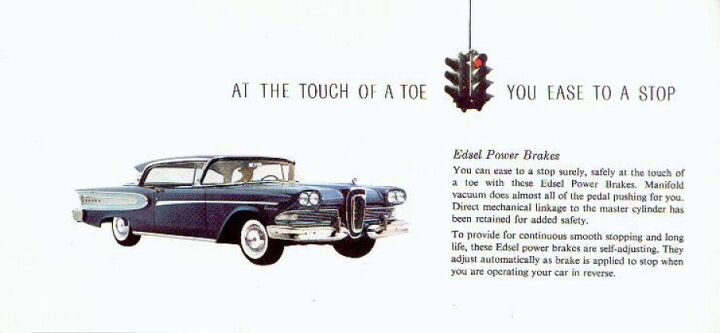
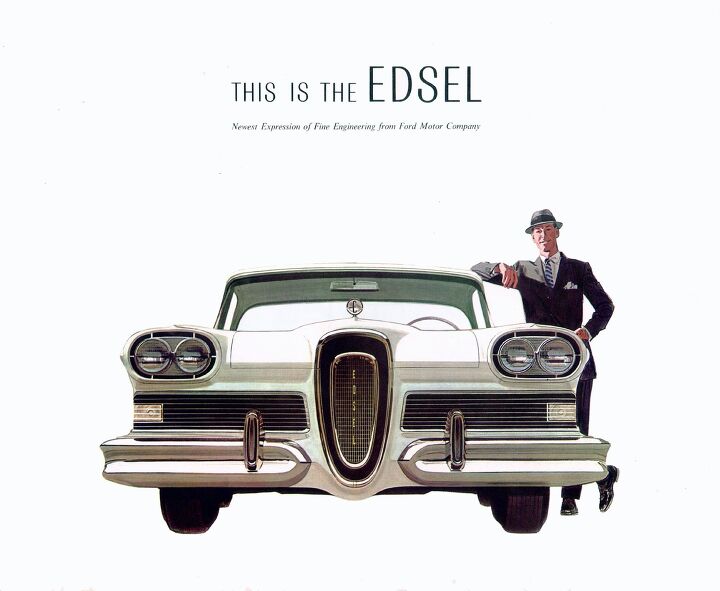
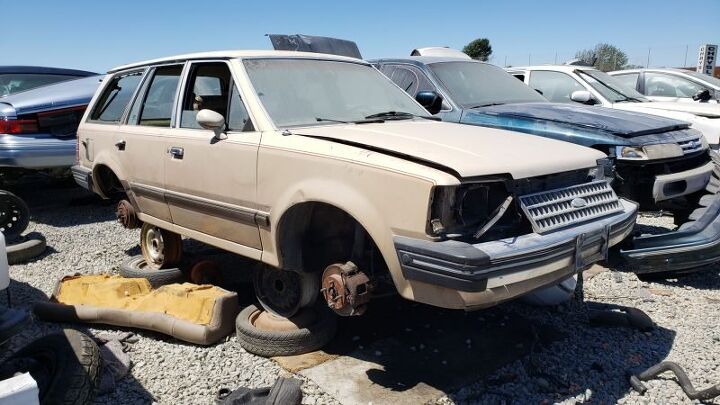

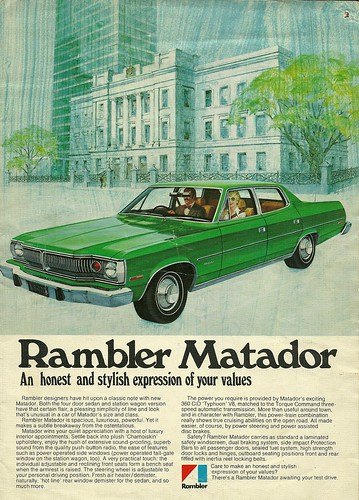












Recent Comments